Home>Dining>Tableware>What Were The Different Sizes Of Crystal Stemware From The 40s & 50s Used For?
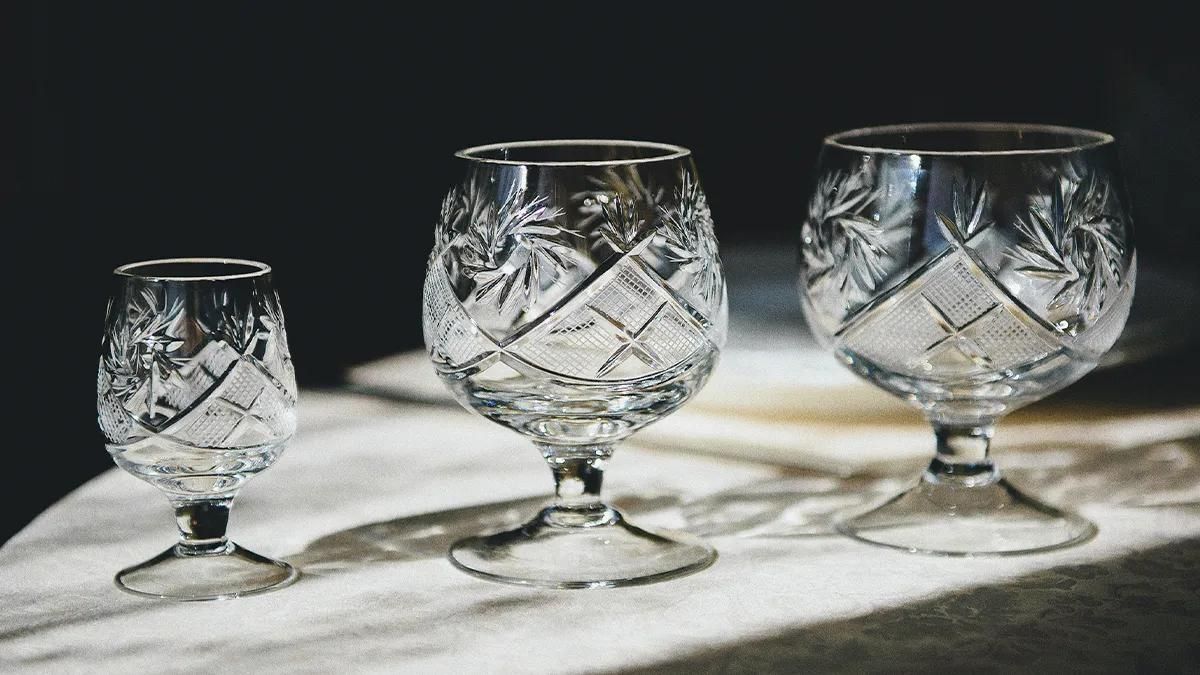

Tableware
What Were The Different Sizes Of Crystal Stemware From The 40s & 50s Used For?
Modified: February 2, 2024
Discover the various sizes of crystal stemware from the 40s and 50s used for tableware. Explore the elegance of vintage glassware and their specific purposes.
(Many of the links in this article redirect to a specific reviewed product. Your purchase of these products through affiliate links helps to generate commission for Storables.com, at no extra cost. Learn more)
Introduction
Welcome to the fascinating world of antique crystal stemware from the 40s and 50s! In this era, tableware played a significant role in adding elegance and sophistication to dinner parties and social gatherings. Crystal stemware, in particular, was highly sought after for its exquisite craftsmanship and timeless appeal.
When it comes to crystal stemware, size matters. Different types of glasses were specifically designed and shaped to enhance the enjoyment of various beverages. Whether it was champagne, wine, cocktails, or spirits, each had its own unique glassware. Let’s explore the different sizes of crystal stemware used during the 40s and 50s to enhance the drinking experience.
So, whether you’re a vintage enthusiast, a collector, or simply intrigued by the aesthetics and functionality of crystal stemware, let’s dive into the mesmerizing details of these classic pieces of tableware.
Key Takeaways:
- Crystal stemware from the 40s and 50s came in various sizes and shapes, each designed to enhance the drinking experience of specific beverages, adding elegance and sophistication to social gatherings.
- Whether it’s the effervescence of champagne in tall flutes or the indulgence of brandy in snifters, vintage crystal stemware from the 40s and 50s continues to captivate collectors and enthusiasts with its timeless appeal and enduring beauty.
Read more: What Is A 50S Era Gerstner Tool Chest Worth
Champagne Flutes
Champagne flutes were and still are an iconic symbol of celebration and glamour. These tall and slender glasses were designed to preserve the carbonation and showcase the effervescence of champagne. In the 40s and 50s, champagne flutes were typically around 7 to 8 inches in height.
The elongated shape of the flute allowed the bubbles to rise gracefully to the surface, creating a mesmerizing display. The narrow opening at the top helped concentrate the aromas, enhancing the overall tasting experience. The stem provided an elegant hold, preventing the heat from the hand from warming up the chilled champagne.
During this era, crystal champagne flutes often featured intricate details, such as etchings, cuts, or even gold accents. These embellishments added an extra touch of elegance to the table setting and made the drinking experience truly luxurious.
Whether it was toasting to a new year, celebrating a special occasion, or simply enjoying a glass of bubbly with friends, champagne flutes were an essential part of any social gathering in the 40s and 50s.
Wine Glasses
When it comes to enjoying wine, the right glass can make a world of difference. In the 40s and 50s, wine glasses came in various shapes and sizes, each designed to optimize the flavor and aroma of different types of wine.
Red wine glasses during this era were typically large and rounded, with a wide bowl and a capacity of about 12 to 16 ounces. The generous size allowed the wine to breathe and develop its full potential. The wide opening also facilitated the release of aromas, enhancing the overall wine tasting experience. The stem of the glass provided a comfortable grip and prevented the hand from warming the wine.
White wine glasses, on the other hand, were slightly smaller and more tapered than their red wine counterparts. They generally had a capacity of 8 to 12 ounces. The narrower bowl helped preserve the cooler temperature of white wines and maintain their delicate flavors.
Crystal wine glasses from the 40s and 50s often featured intricate patterns, cuts, or even colored stems, adding a touch of sophistication to the table setting. These glasses not only enhanced the visual appeal but also contributed to the overall enjoyment of the wine.
Whether it was a bold and robust red or a crisp and refreshing white, wine glasses in the 40s and 50s played a vital role in savoring and appreciating the nuances of different wines.
Martini Glasses
Martini glasses, also known as cocktail glasses, have a distinct design that perfectly complements the iconic martini drink. In the 40s and 50s, martini glasses were a staple at cocktail parties and trendy bars.
These glasses were characterized by their long stems and wide, shallow bowls. The wide rim allowed the drinker to savor the aroma of the cocktail while the stem prevented the heat from the hand from warming up the drink. Martini glasses in this era had a capacity of approximately 4 to 6 ounces, ensuring the perfect serving size for the classic martini.
Crystal martini glasses from the 40s and 50s often featured sleek and elegant designs. Some were adorned with etchings or decorative patterns, adding a touch of sophistication to the table setting. These captivating glasses were not only functional but also served as a statement piece, symbolizing style and refinement.
Whether it was the timeless martini cocktail or any other fancy mixed drink, martini glasses from the 40s and 50s added an air of sophistication to any gathering. These glasses continue to be cherished by cocktail enthusiasts and those who appreciate the classic art of mixology.
Highball Glasses
Highball glasses, also known as Collins glasses, were popular glassware choices for serving mixed drinks and cocktails in the 40s and 50s. These versatile glasses were designed to hold a larger volume of liquid and were perfect for refreshing, long drinks.
Highball glasses typically had a cylindrical shape with straight sides and a capacity of around 8 to 12 ounces. The taller and narrower design allowed for the addition of ice, mixers, and a generous serving of spirits. The wide rim made it easy to garnish the drink with lemon wedges, lime slices, or cherries.
Crystal highball glasses from this era often featured simple yet elegant designs. Some may have had etchings or decorative patterns that added a touch of flair to the glassware. These glasses were not only practical but also visually appealing, making them an attractive addition to any bar or table setting.
Highball glasses were versatile and could be used for a wide variety of cocktails, such as the classic Gin and Tonic, Rum and Coke, or even non-alcoholic beverages like iced tea or lemonade. They were the go-to choice for those seeking a refreshing and thirst-quenching drink.
Whether it was a casual gathering, a backyard barbecue, or a sophisticated cocktail party, highball glasses from the 40s and 50s were a staple in serving delicious and thirst-quenching beverages.
Crystal stemware from the 40s & 50s came in various sizes for different types of drinks. Champagne flutes were tall and narrow to preserve carbonation, while wine glasses were larger to allow for swirling and aeration. Highball glasses were used for mixed drinks, and old-fashioned glasses were for straight spirits or cocktails.
Read more: What Is Crystal Stemware?
Tumblers
Tumblers were and continue to be a versatile and practical choice for serving a variety of beverages, both alcoholic and non-alcoholic. In the 40s and 50s, tumblers were popular for their sturdy construction and wide range of sizes.
Tumblers typically had a cylindrical shape with straight sides and a capacity that varied from 8 to 16 ounces. The larger size allowed for generous servings of drinks, whether it was water, juice, whiskey on the rocks, or even a mixed cocktail.
Crystal tumblers from this era often featured a simpler and more functional design compared to other stemware. However, they still exuded a certain level of elegance with their clear, sparkling appearance. Some tumblers may have had slight decorative touches, such as geometric patterns or etchings, adding a subtle charm to the glassware.
These versatile glasses were well-suited for everyday use, family gatherings, or even casual entertaining. They were the perfect choice for serving refreshing beverages and allowing the natural colors and textures of the drinks to shine.
In addition to alcoholic drinks, tumblers were also commonly used for serving non-alcoholic beverages like soda, iced tea, or lemonade. They were cherished for their durability and functionality, making them a practical and reliable choice.
Whether you were enjoying a refreshing cocktail or simply quenching your thirst, tumblers from the 40s and 50s were a timeless staple in the world of tableware.
Brandy Snifters
Brandy snifters are iconic glasses designed specifically for enjoying and savoring the aromas of fine spirits, particularly brandy. In the 40s and 50s, these glasses were a symbol of sophistication and refinement.
Brandy snifters typically have a short, wide bowl that narrows towards the top, allowing the aromas to concentrate and be released gradually. The narrow opening helps trap the aromas inside the glass, ensuring an enhanced olfactory experience. The stem of the snifter offers a comfortable grip and prevents the hand from warming the brandy.
Crystal brandy snifters from this era often featured exquisite craftsmanship and elegant designs. Some snifters may have had intricate cuts or etchings, adding a touch of luxury to the glassware. The crystal material also enhanced the visual appeal, creating a stunning presentation for serving and enjoying fine spirits.
Brandy snifters were not only used for brandy but also for other premium spirits like cognac or whiskey. Their unique shape and design allowed the rich aromas of these spirits to be fully appreciated, making the drinking experience even more enjoyable.
Whether it was a quiet evening at home or a formal gathering, brandy snifters from the 40s and 50s were a symbol of sophistication and the perfect choice for those who wanted to savor the complexities of fine spirits.
Shot Glasses
Shot glasses have a long-standing tradition as the go-to glassware for serving and consuming small quantities of strong alcoholic beverages. In the 40s and 50s, shot glasses were a popular choice for enjoying shots of whiskey, tequila, vodka, and other distilled spirits.
Shot glasses were typically small, cylindrical glasses with a capacity of about 1 to 2 ounces. Their compact size made them perfect for measuring and serving precise amounts of alcohol. Some shot glasses had markings on them to indicate various measurements, such as a “shot” or “ounce.”
Crystal shot glasses from this era often had a simple and practical design, prioritizing function over embellishment. However, the crystal material added a touch of elegance and made the shot glasses appear more refined. The clear, sparkling appearance of the crystal enhanced the presentation of the shot and added a touch of sophistication to any gathering or bar setup.
Shot glasses were commonly used for taking shots of straight spirits, but they were also used for serving mixed shooters or cocktails that were meant to be consumed quickly. These small glasses allowed for a quick and concentrated taste of the beverage, making them a popular choice among partygoers and those seeking a rapid enjoyment of their favorite spirits.
Whether it was in a lively bar setting or a relaxed home gathering, shot glasses from the 40s and 50s were an essential tool for measuring and enjoying small, concentrated amounts of alcohol in style.
Cordial Glasses
Cordial glasses, also known as liqueur glasses, were designed for sipping and savoring small amounts of sweet, flavored liqueurs. In the 40s and 50s, these glasses were a symbol of elegance and indulgence.
Cordial glasses have a small, narrow shape with a capacity ranging from 1 to 2 ounces. The diminutive size of these glasses allows for a concentrated and measured enjoyment of liqueurs. The narrow rim helps to trap the aromatic vapors, enhancing the flavor and aroma of the drink.
Crystal cordial glasses from this era often featured delicate designs and intricate patterns. The crystal material added a touch of glamour and sophistication to these small glasses, making them ideal for formal occasions and special celebrations.
Aside from liqueurs, cordial glasses were also used for serving dessert wines, such as port or sherry. The small size of the glass allowed for a taste of these sweet wines without overwhelming the palate.
Whether it was the perfect ending to a meal or an after-dinner indulgence, cordial glasses from the 40s and 50s were the epitome of refinement and luxury. They continue to be cherished by those who appreciate the art of savoring and sipping liqueurs.
Read more: What Is The Best Crystal Stemware?
Conclusion
Crystal stemware from the 40s and 50s played a vital role in enhancing the drinking experience and adding an element of elegance to social gatherings. From champagne flutes and wine glasses to martini glasses and highball glasses, each type of glassware had a specific purpose and design that contributed to the enjoyment of various beverages.
The craftsmanship and intricate details of crystal stemware from this era added a touch of luxury to the table setting. From etchings and cuts to colored stems and decorative patterns, these glasses were not only functional but also visually stunning.
Whether it was the effervescence of champagne in a tall flute, the indulgence of brandy in a snifter, or the refreshment of a mixed drink in a highball glass, crystal stemware in the 40s and 50s provided a unique and captivating way to appreciate and savor different beverages.
The variety of sizes and shapes of crystal stemware offered versatility and catered to different preferences and occasions. Whether it was the larger capacity of wine glasses or the compact size of shot glasses, each glass served its purpose in enhancing the flavors and aromas of the drink.
As we delve into the world of vintage crystal stemware, we not only discover the history and craftsmanship but also the timeless appeal and enduring beauty of these classic pieces. They continue to captivate collectors, enthusiasts, and anyone who appreciates the perfect balance of elegance and functionality.
We hope this journey through the different sizes of crystal stemware from the 40s and 50s has inspired you to embrace the charm and sophistication of these vintage treasures. Whether you’re hosting a cocktail party or simply enjoying a quiet evening at home, let these exquisite glasses take center stage and elevate your drinking experience to new heights.
Cheers to the enchanting world of crystal stemware!
Frequently Asked Questions about What Were The Different Sizes Of Crystal Stemware From The 40s & 50s Used For?
Was this page helpful?
At Storables.com, we guarantee accurate and reliable information. Our content, validated by Expert Board Contributors, is crafted following stringent Editorial Policies. We're committed to providing you with well-researched, expert-backed insights for all your informational needs.
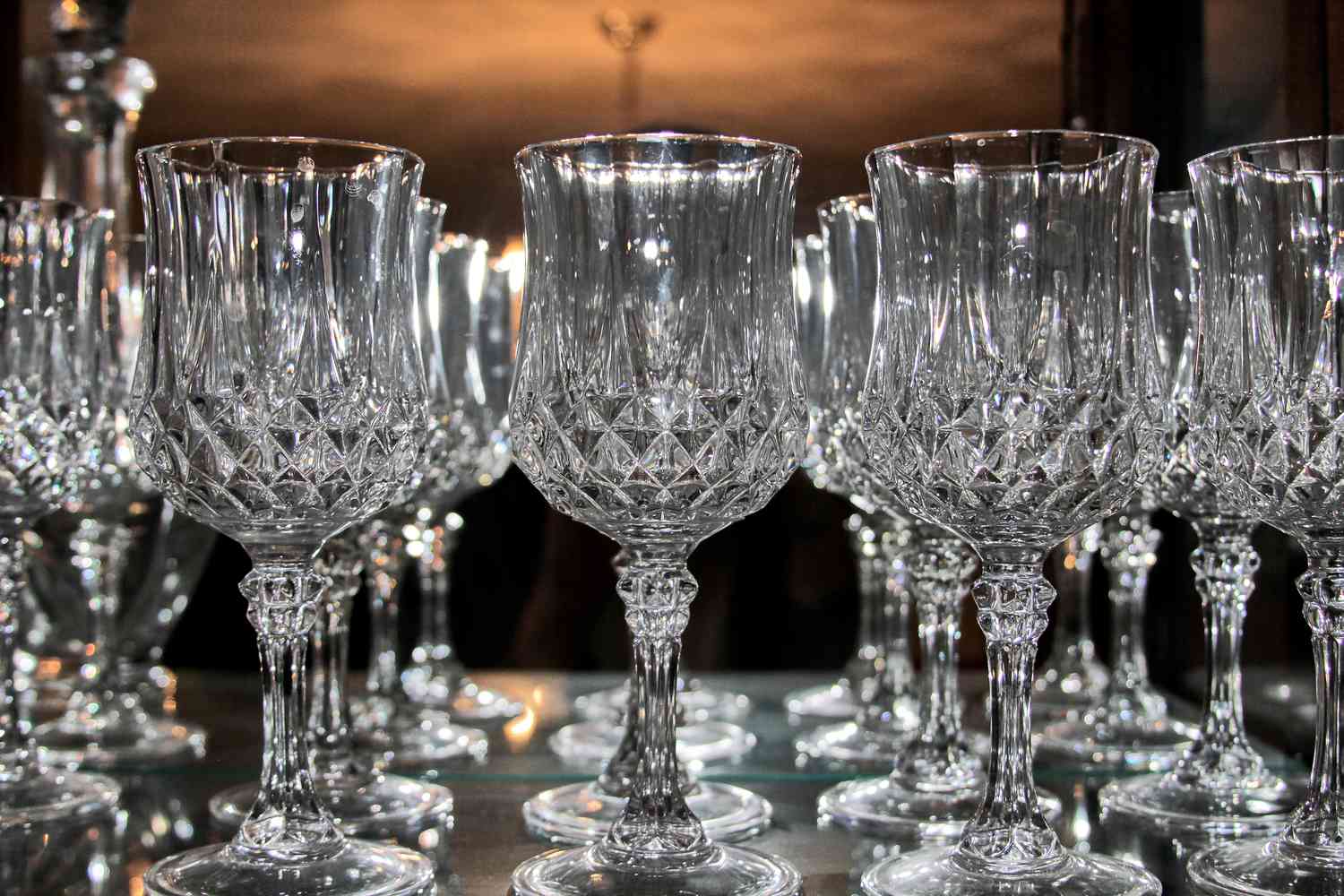
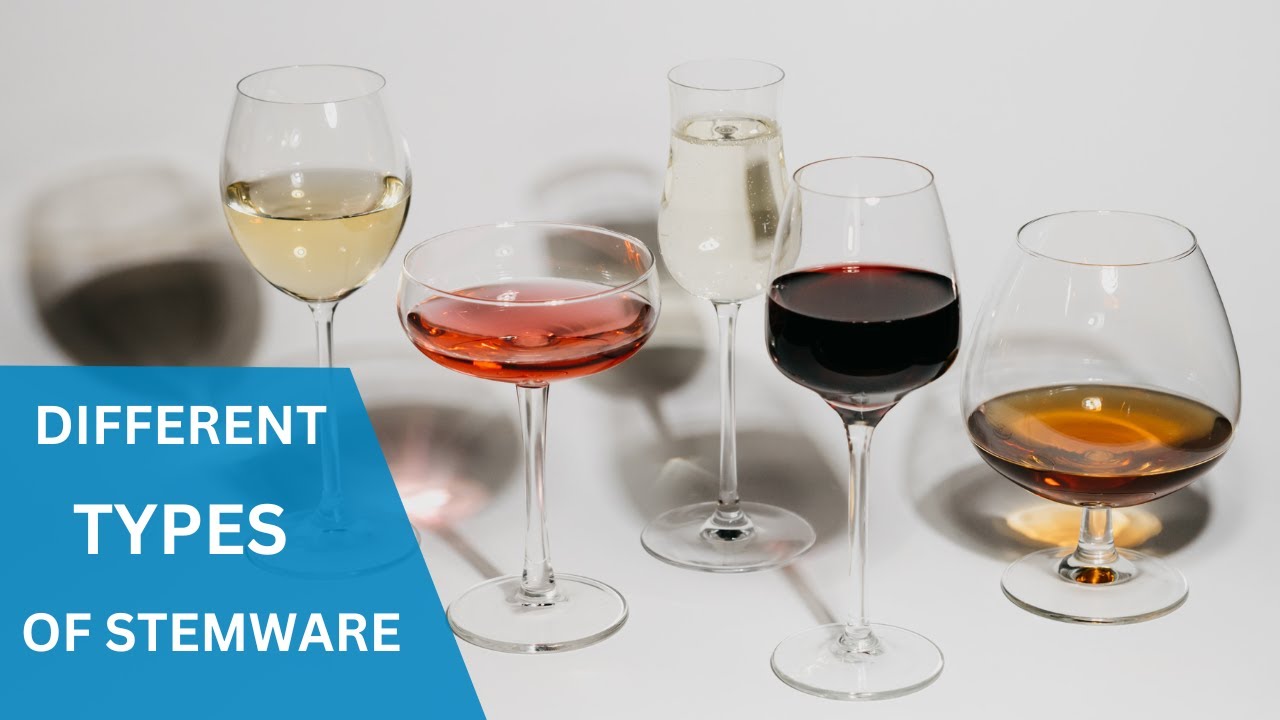
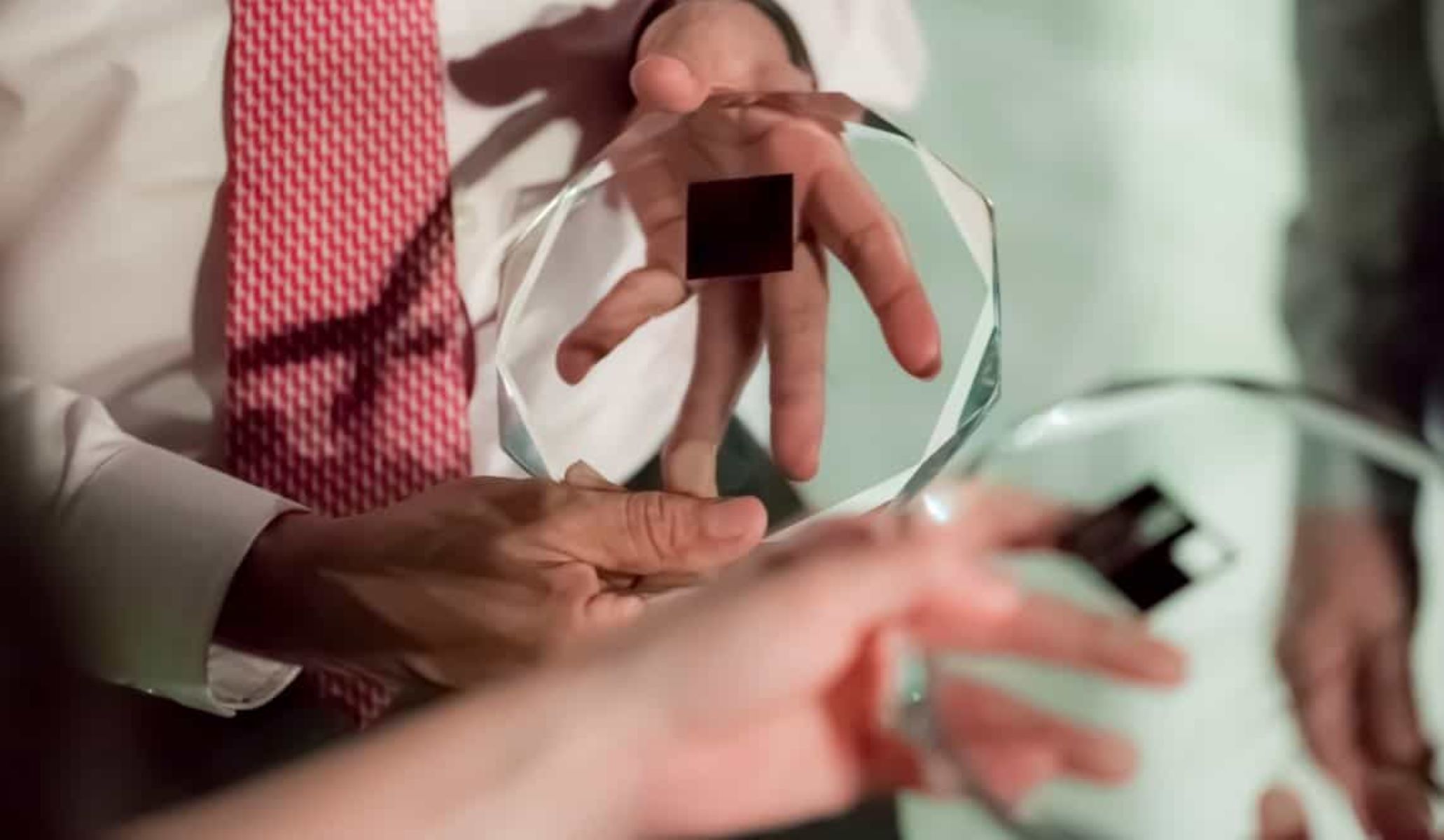
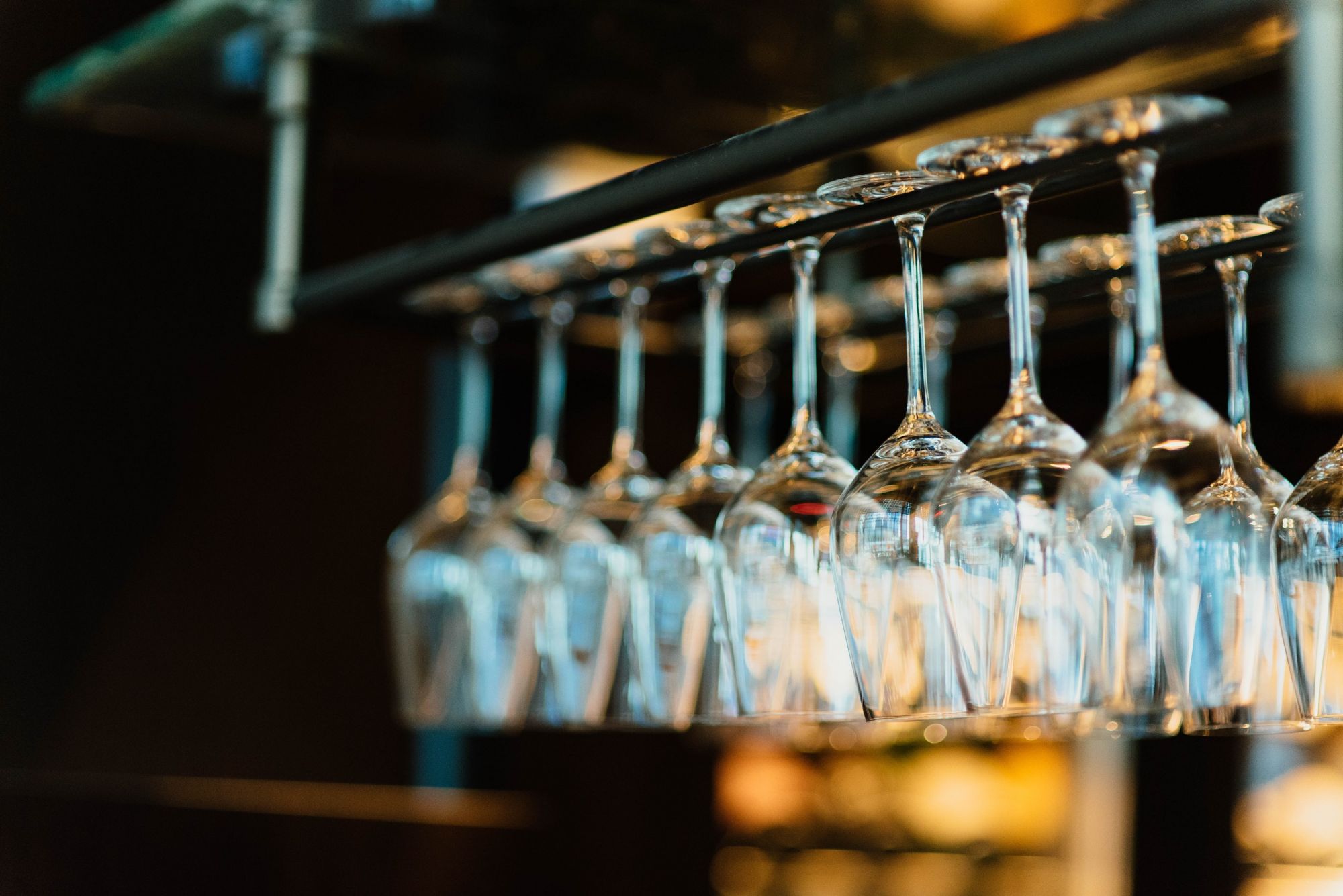
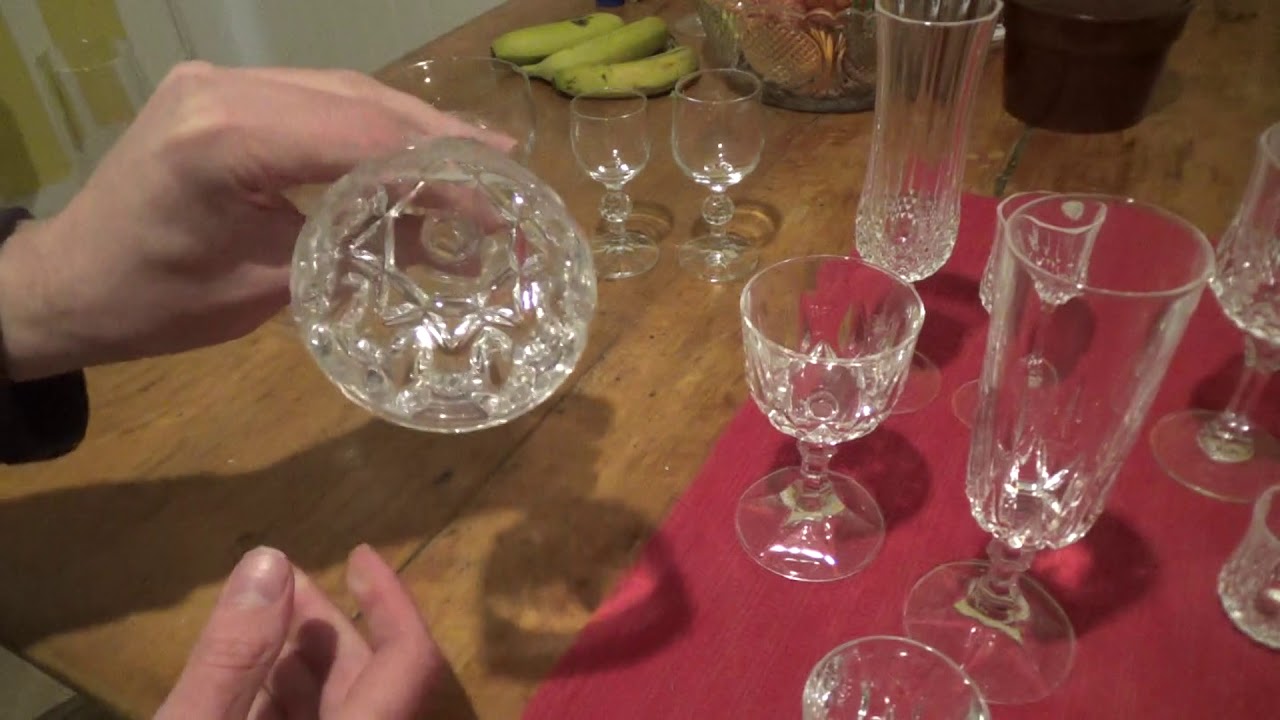
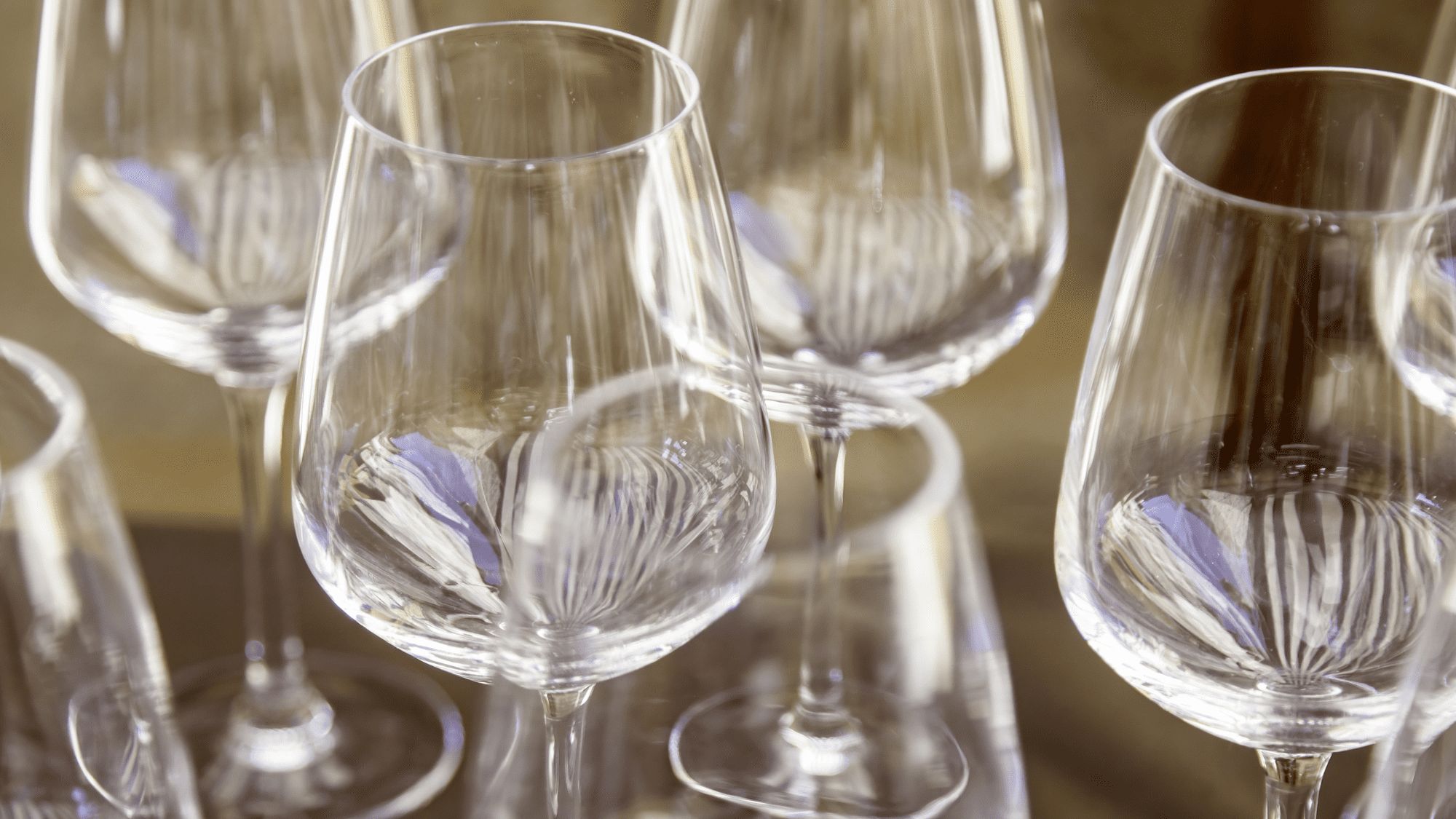
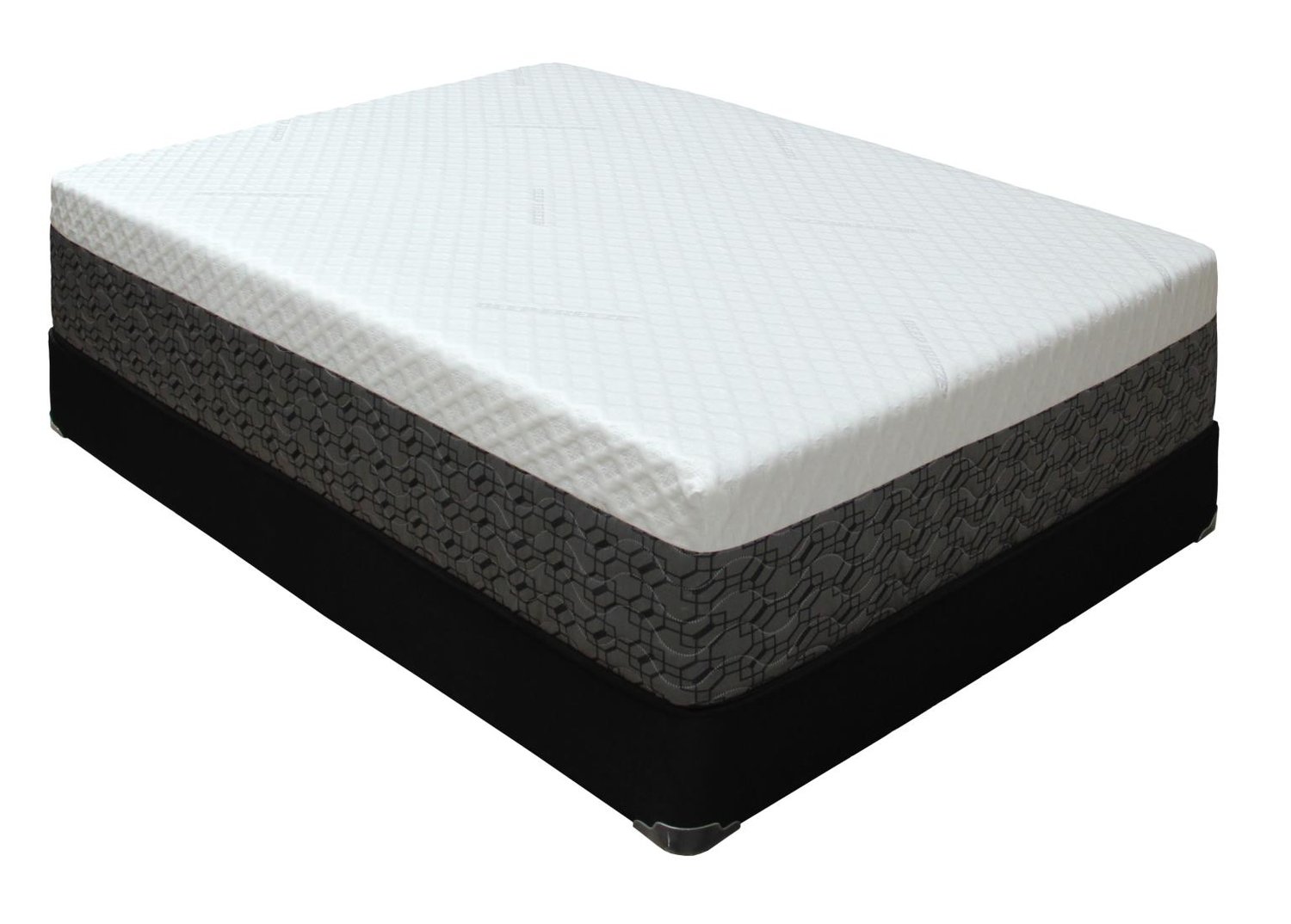
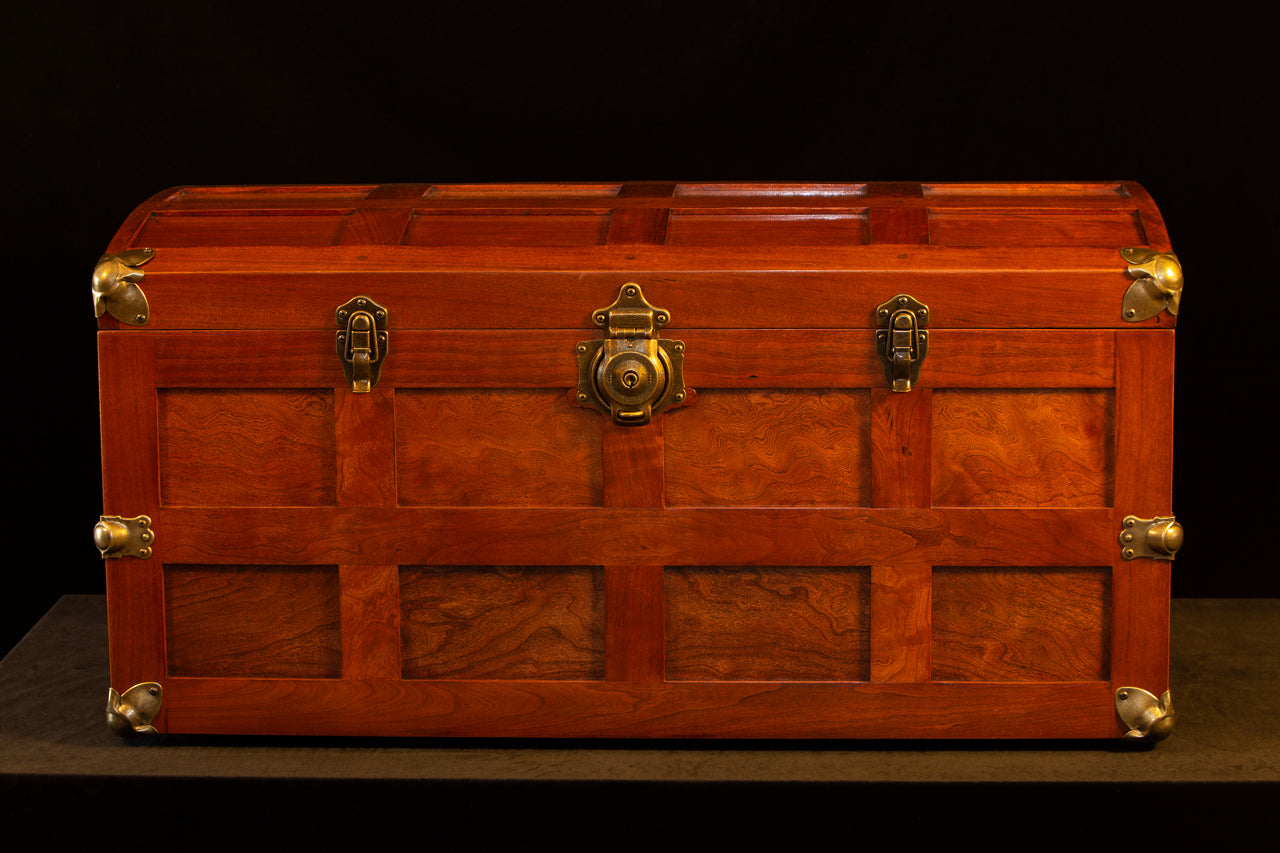
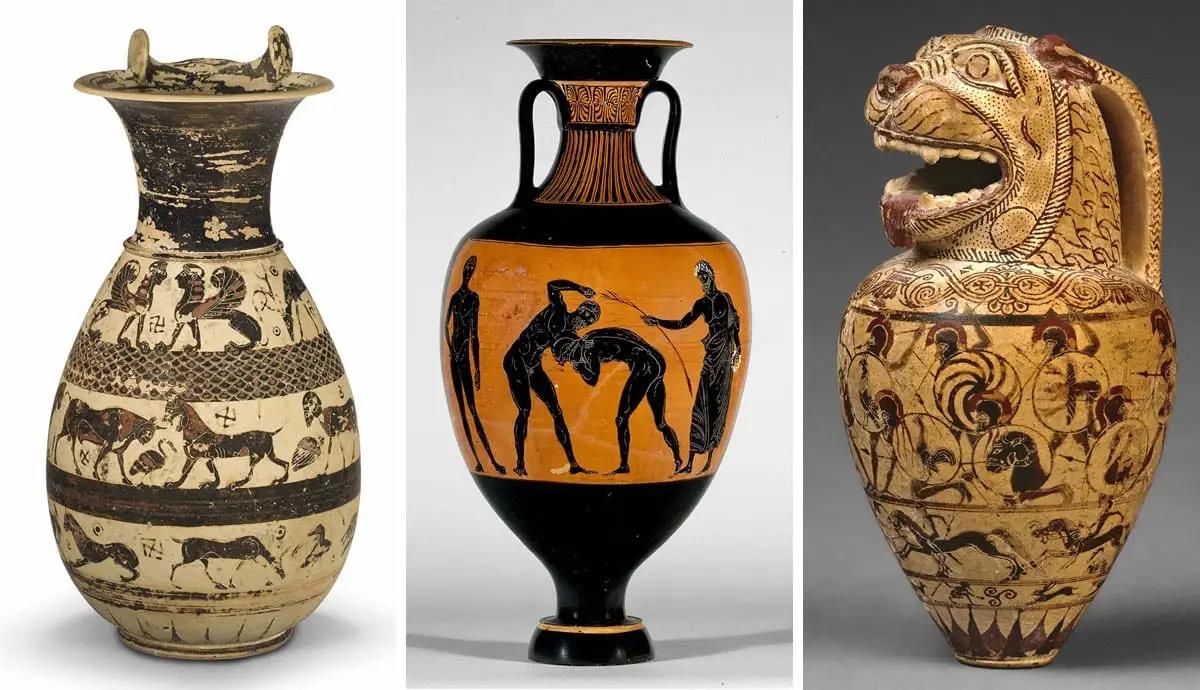


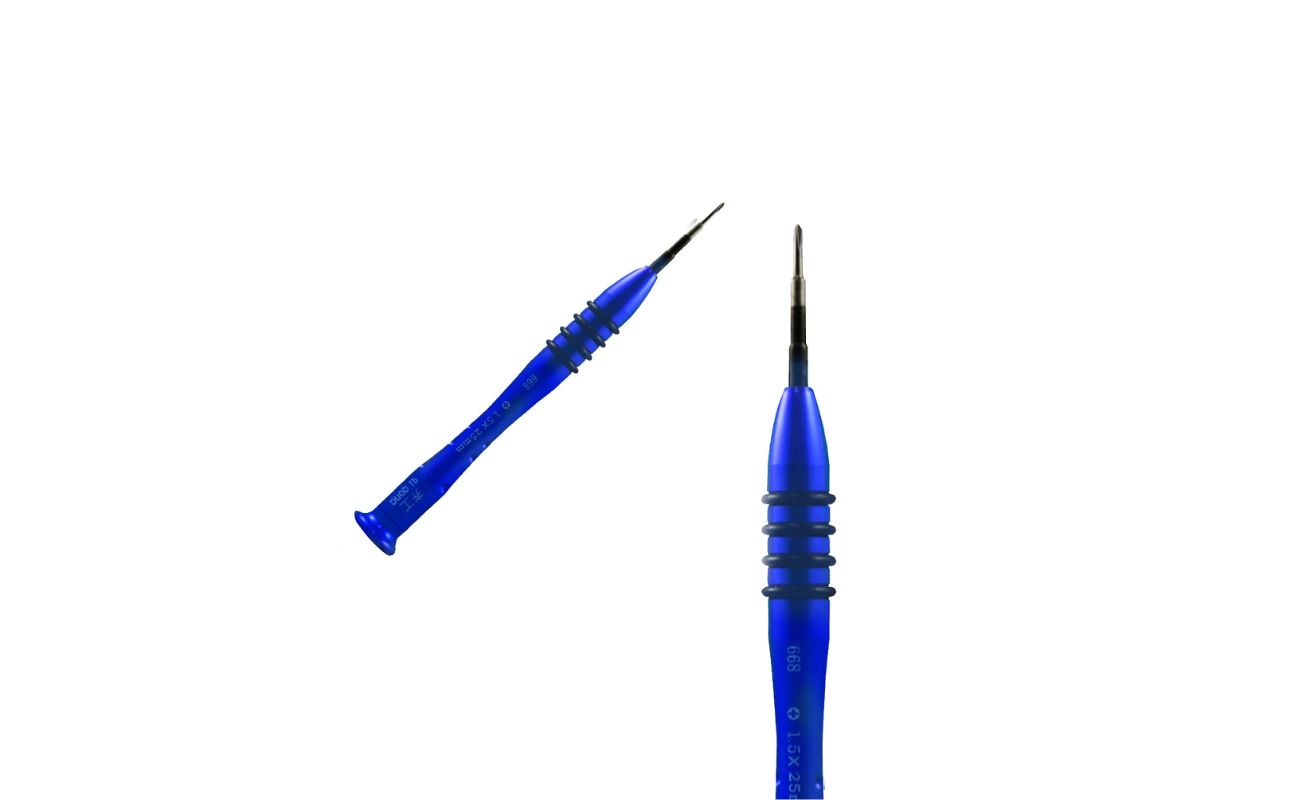
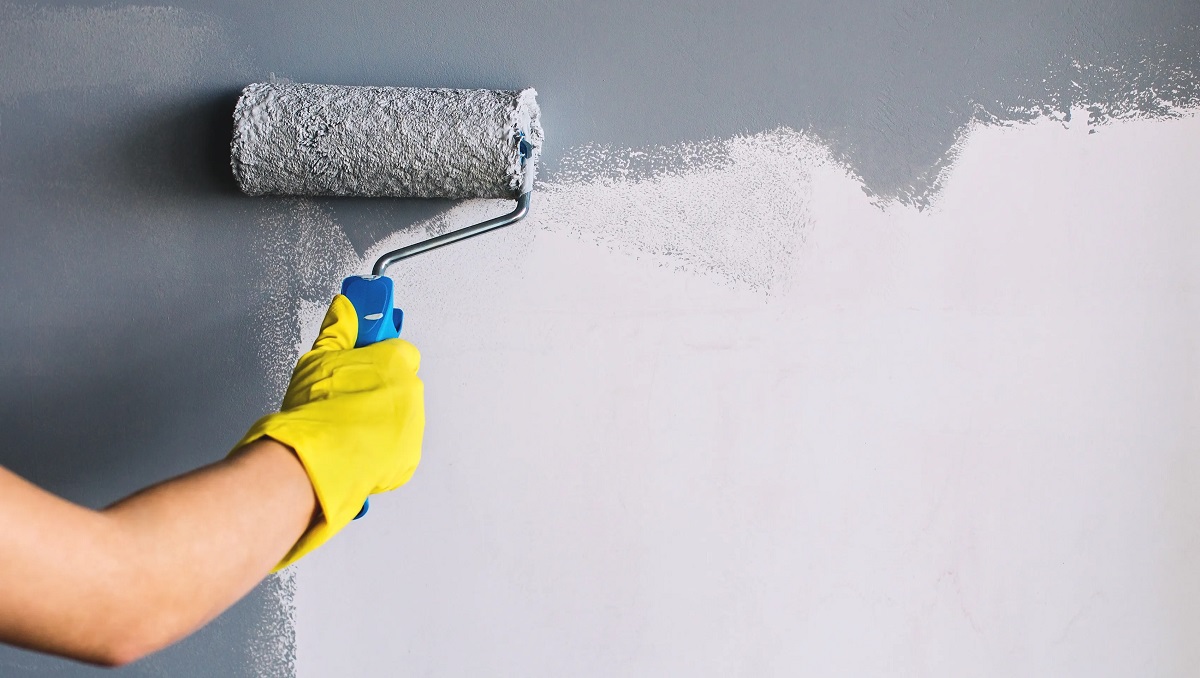

0 thoughts on “What Were The Different Sizes Of Crystal Stemware From The 40s & 50s Used For?”